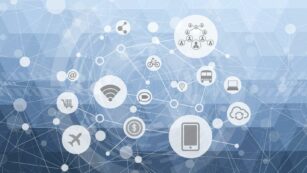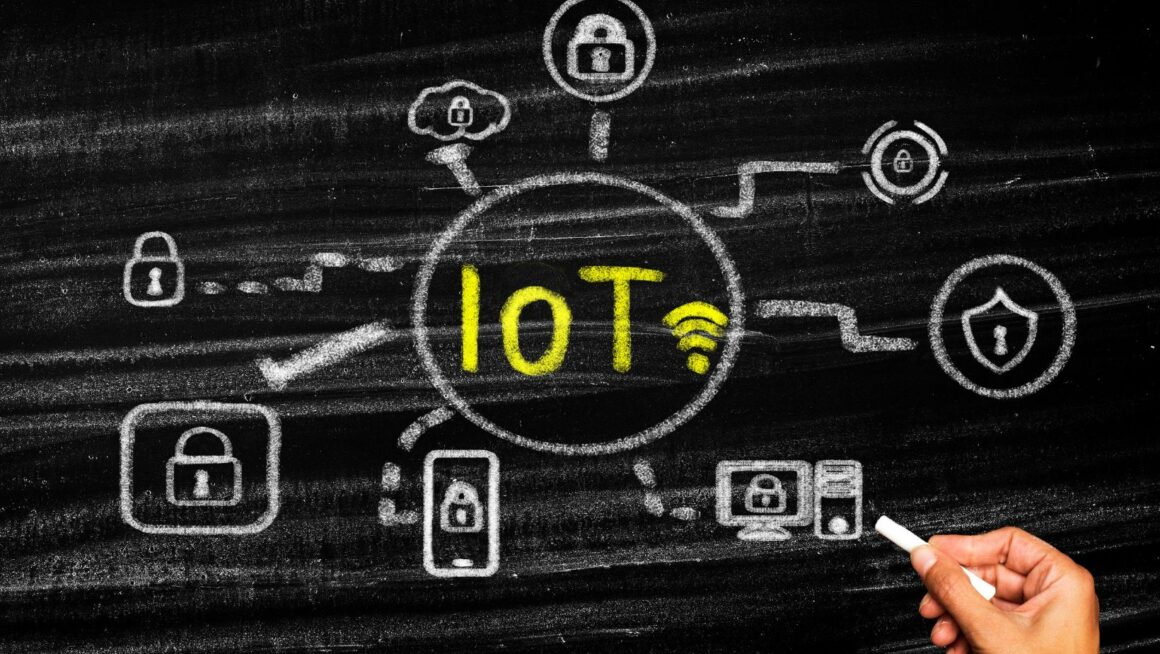In the ever-evolving tech landscape, the Internet of Things (IoT) stands tall as a revolutionary force. It’s reshaping how we interact with the world, and at the core of this transformation lies IoT software development.
Internet of Things Software Development
What Is IoT Software Development?
 IoT software development denotes the process of creating, testing, and implementing software solutions specifically tailored for Internet of Things architecture. It involves programming devices to enable them to interact, share information, and make decisions independently. These specialized programming practices tackle unique challenges associated with embedded systems such as resources constraints, connectivity issues, and data security.
IoT software development denotes the process of creating, testing, and implementing software solutions specifically tailored for Internet of Things architecture. It involves programming devices to enable them to interact, share information, and make decisions independently. These specialized programming practices tackle unique challenges associated with embedded systems such as resources constraints, connectivity issues, and data security.
For instance, in smart homes, IoT software solutions help residents control lighting, temperature, or home security systems directly from their smartphones – a feat that wouldn’t be possible without dedicated IoT software in place. Similarly, wearable tech, with the help of IoT software, can monitor body vitals and deliver real-time feedback to users or healthcare providers.
Key Components of IoT Systems
A typical IoT system comprises of several essential components;
- Devices: These are IoT-enabled physical objects embedded with sensors or actuators that enable them to interact with their environment. Examples include thermostats, heart rate monitors, and connected cars.
- Connectivity: IoT devices communicate via connections established primarily through wired or wireless networks, such as Wi-Fi, Bluetooth or cellular.
- Data Processing: Once the devices gather data, robust software solutions process this data – usually on edge servers or cloud platforms – to extract meaningful insights.
- User Interface: The processed data is then presented to the user through interfaces such as mobile apps or web dashboards, facilitating informed decision-making.
The Role of IoT in Modern Technology
Internet of Things (IoT) software development shapes the modern landscape of technology, catering to various industries. This section will unfold the profound influence of IoT in the domains of Smart Homes and Healthcare, emphasizing the transformative power it yields.
 IoT in Smart Homes
IoT in Smart Homes
IoT’s reach in home automation equates to a paradigm shift. Through Internet of Things software development, homes are becoming digital fortresses with systems capable of autonomous operation. Smart devices, such as light bulbs, thermostats, smart speakers, and security systems, are equipped with sensors that collect data. This data, in turn, either prompts an automatic response from the devices or allows homeowners to control their devices remotely. For instance, thermostats can adjust the temperature based on the preferred settings, while security systems can detect unusual movements and alarm homeowners through real-time notifications.
IoT in Healthcare
Within the healthcare sector, IoT software development is nothing less than revolutionary. It brings into existence wearable devices and health monitoring systems that drastically enhance patient care. These devices feature sensors that gather health-related data, such as heart rate, oxygen levels, or blood pressure. Consider a wearable device like a smartwatch, which continuously monitors a user’s heart rate. This information enables doctors to track the patient’s condition remotely, initiate appropriate measures if abnormalities occur, or use the data to tailor a personal fitness regime. Hence, Internet of Things software development is instrumental in fostering proactive healthcare and, in certain instances, potentially life-saving applications.
Challenges in IoT Software Development
 Despite the transformative power of IoT software development across industries, several challenges persist. Within the ambitious realm of IoT, software development faces hurdles in areas like scalability, interoperability, and security.
Despite the transformative power of IoT software development across industries, several challenges persist. Within the ambitious realm of IoT, software development faces hurdles in areas like scalability, interoperability, and security.
Interoperability issues arise from diverse IoT devices needing to communicate cohesively. With myriad protocols and technologies, ensuring seamless cooperation amongst them becomes a complex task. An example is a smart home system where the air conditioner, security cameras, and lights each interact via different protocols.
Scalability remains a concern, as the amount of IoT devices escalates globally. Networks must support millions, or even billions, of devices – stress-testing IoT software’s scalability. Examples include city-wide applications like traffic sensors and surveillance systems.
Security, a paramount concern in IoT software development, is critical given the sensitive data these devices manage. An unwanted breach into a healthcare wearable, for example, could reveal private patient information.
These are among the most persistent challenges hindering IoT software development. It’s no surprise that efficient solutions to these challenges remain a topical aspect of ongoing research and development in the field.

